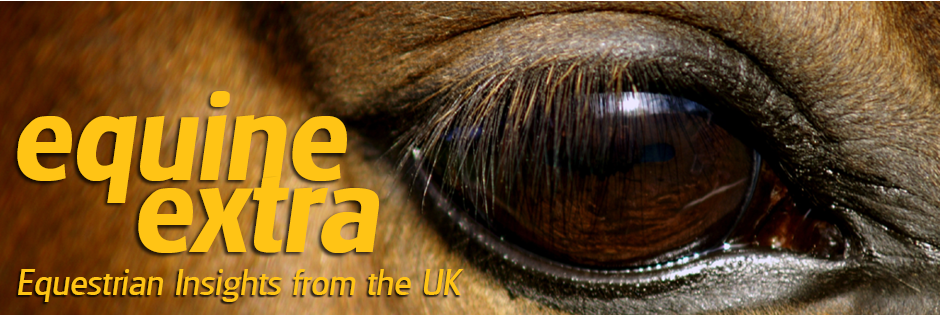A trainer’s perspective
on assessing the fit of saddles by Freelance Trainer Josella Scott.
Based in south west Scotland, Josella’s extensive ‘cv’ includes sourcing and training show jumping horses and their riders, both in the Middle East and Europe, before moving back to the UK and her native Scotland. She now trains riders at every level, from Pony Club to affiliated event riders, with a focus on the jumping disciplines.
Based in south west Scotland, Josella’s extensive ‘cv’ includes sourcing and training show jumping horses and their riders, both in the Middle East and Europe, before moving back to the UK and her native Scotland. She now trains riders at every level, from Pony Club to affiliated event riders, with a focus on the jumping disciplines.
Many moons ago, when I was just starting out on my career
as a Riding Instructor, I recall I dared to pass comment and judgement about
saddles and their fit. It seemed easier to remark on the crookedness of the
rider or the horse’s unbalanced way of going and blame it all on the saddle.
When I think of those times I positively cringe. “What was
I thinking of ?!”
It was a bit like asking a Dental Nurse to carry out
complex deep root canal treatment. I simply was neither qualified nor
knowledgeable enough to advise at all. Saddle Fitting was not my area of
expertise. Therefore I learnt the hard way, by being proven wrong. There is
nothing worse than having to apologise for giving incorrect advice and eating a
large slice of humble pie.
Decades on I am certainly older and dare I say a little
wiser when it comes to clients’ questions about their saddle. I simply refer
them to a Society of Master Saddlers qualified saddle fitter.
These people understand how saddles are constructed, most
can adjust the flocking or totally re-flock your saddle if necessary. They know
what types of trees are available and what may suit your horse. They know the different
ways that a panel can be made to facilitate a good fit and where girth straps
could be fitted to achieve maximum position and comfort. They have access to a
good quality and varied stock of saddles. They understand the importance of
balance in the saddle and how to achieve this along with how a horse might
change in his carriage or way of going when ridden. They are able to tell if
your saddle is of good or poor quality and assess its suitability for use. They
know which pads could help your horse and which could harm him. In addition, they
have to abide by a code of conduct, have a complaints procedure with the
Society of Master Saddlers if things do go wrong and they have insurance cover.
The list of what they know about fitting saddles is encyclopaedic!
In fact, they can be
trusted to sort most problems, replace, adjust or adapt your saddle to allow
you to carry on enjoying your riding with the re-assurance you have done right
by your horse, who will be eternally grateful to you.
Now, I ask you. Do you think that your instructor has all of
these attributes? I think not!
One such expert is Kay
Hastilow , Master Saddler and Master Saddle Fitter (pictured left). Kay has launched an informative 2-part video
series distilling her 50 years of experience into what is an unrivalled
resource for all Riders and Trainers interested in Saddles and Saddle Fitting.
The first video looks at Conformation and Movement of the
Horse, Types of Tree and their Influence, Different Panels and the Position of
Girth Straps.
The second video explains How to Assess a Saddle for Soundness,
Straightness and Safety, Recognising a Good Fit, the Balance of a Saddle, When
Saddles Move and finally, Rider Influences.
I cannot recommend these videos highly enough. If you
have any questions about any aspect of saddle fitting then look no further... www.vimeo.com/ondemand/saddlefittingknowhow

